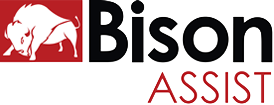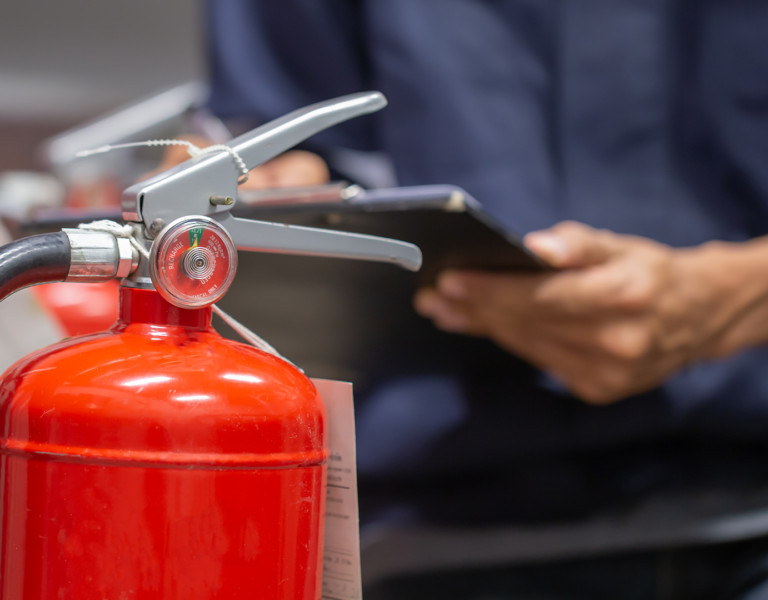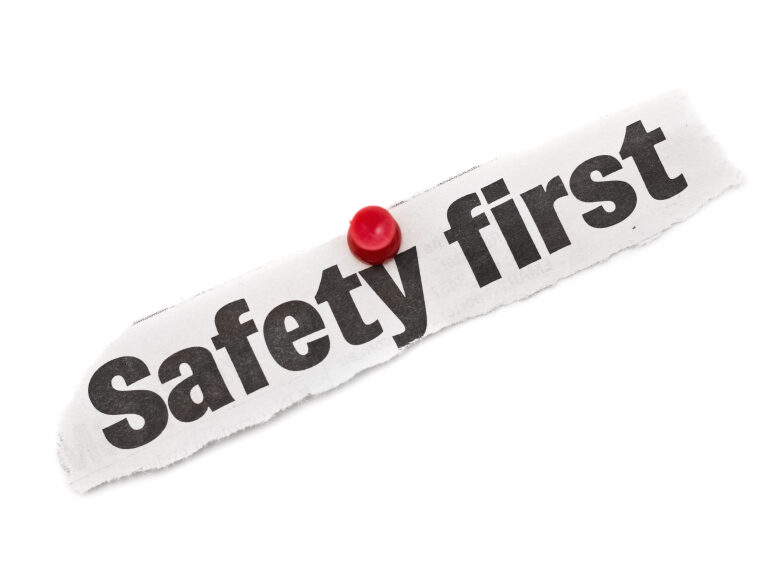Fire Risk Assessment Residential Flats
If you are the landlord of a block of residential flats, you are usually responsible for fire safety compliance in communal areas. As these are likely to also be the exit routes for the residents, they are vital to any evacuation plan. There are plenty of nuances when it comes to the law in this area. To ensure that you are compliant, you need to carry out a formal fire risk assessment. Residential flats are one of the types of property that we have experience working with at Bison Assist. We can help you create an action plan to bring your building up to standard and create a timetable for future checks and maintenance.









